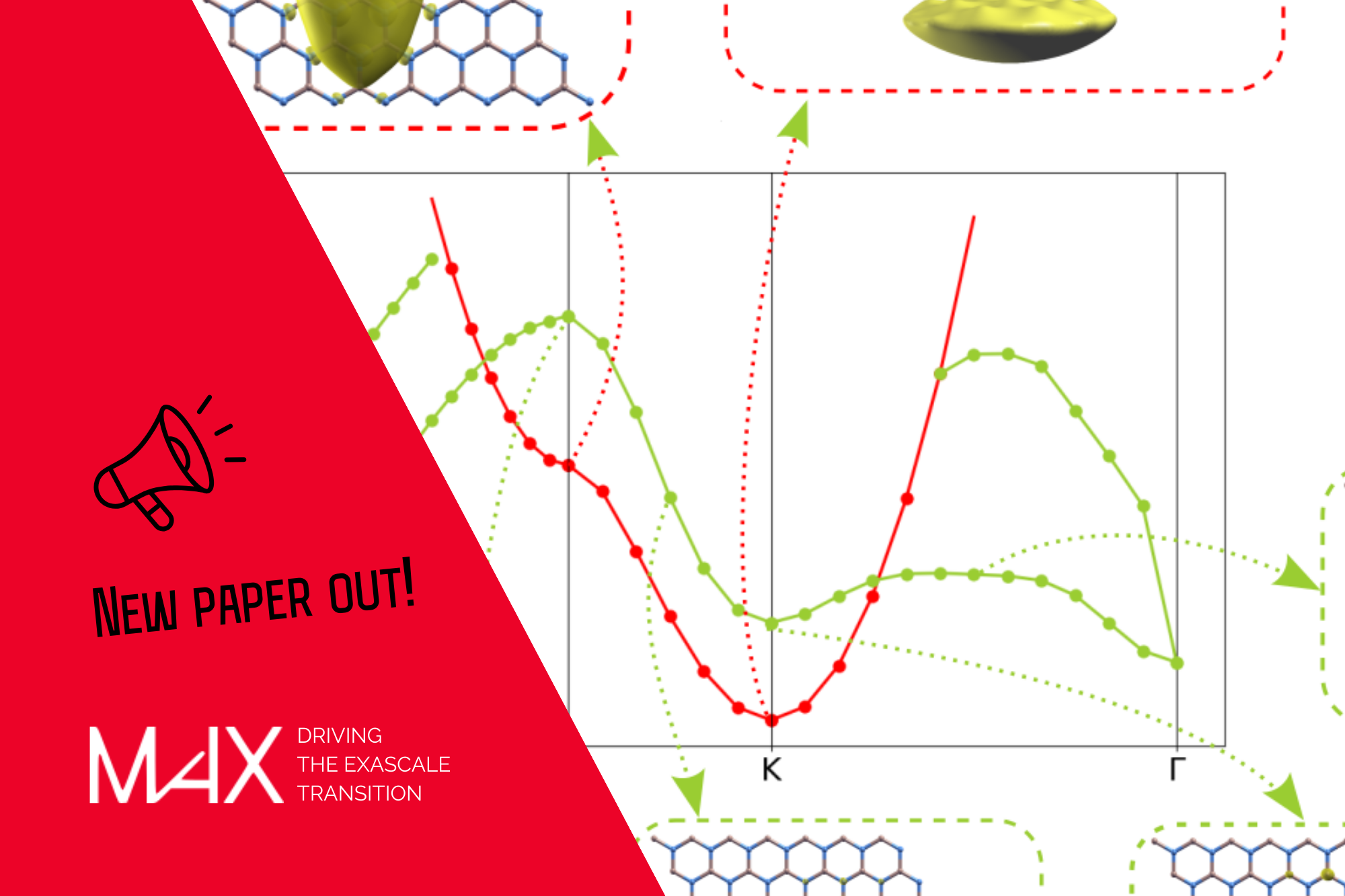Investigating ultrafast transient responses: broadband optical pump–probe microscopy on semiconducting monolayer 2H-MoTe2 encapsulated with hBN
A team of researchers used broadband optical pump–probe microscopy to explore the ultrafast transient response of semiconducting monolayer 2H-MoTe2 encapsulated with hBN. Their findings underscore the sensitivity of optical properties in monolayer transition-metal dichalcogenides to subtle structural changes and their manipulation with light.
Graphical abstract. Source: https://pubs.acs.org/doi/10.1021/acs.nanolett.3c01936
The interplay between electron system coupling with lattice vibrations, along with their time-dependent control and detection, offers profound insights into the nonequilibrium physics of semiconductors.
<<Exciton-phonon coupling is the key dissipation mechanism which determines exciton lifetimes and energy-momentum transfer in 2D materials. Hence, being able to understand and control exciton-phonon interactions is of paramount importance for optoelectronics applications and quantum information.>> says D. Sangalli (ISM-CNR, Rome), one of the researchers involved in the study.
In the coherent regime, exciton-phonon coupling is particularly important since it determines the dephasing time, a crucial parameter for the realization of quantum devices. In this work, exciton-phonon coupling was studied in semiconducting MoTe2 in the time-domain via a joint theory-experiment effort. Cutting edge pump-probe measurements are combined with state-of-the-art ab initio simulations based on many-body perturbation theory.
<<Using ultrashort laser pulses, we were able to launch extremely strong coherent phonon vibrations and then study its effect on various excitonic transitions. Our results highlight the extreme sensitivity of the optical properties of monolayer TMDs to small structural modifications due to the exciton-phonon interaction.>> says C.J. Seyer (Polytechnic University of Milan), first author of the publication.
Supported by MAX, the numerical simulations were performed using the Yambo code. Under the supervision of D. Sangalli and A. Molina-Sanchez, J. Cervantes-Villanueva studied the effect of lattice vibrations on the out-of-equilibrium optical properties of MoTe2. In particular, the optical absorption was first computed at equilibrium, then with atoms displaced according to specific phonon modes to mimic the vibration launched by the optical pulse.
The obtained transient spectra reproduce the experimental results with great accuracy and give an accurate microscopic description of the observed transient signal.
About Yambo
YAMBO is an open-source code released within the GPL licence that implements ground-state as well as excited-state properties in an ab initio context. The code implements MBPT, DFT and Non-Equilibrium Green's Function Theory (NEGF) to calculate a wealth of physical properties: reliable band gaps, band alignments, defect quasi-particle energies, optical and non--equilibrium properties.
YAMBO resorts to previously computed electronic structure, and for this reason it is interfaced with other DFT codes, among which Quantum ESPRESSO.
Reference article:



